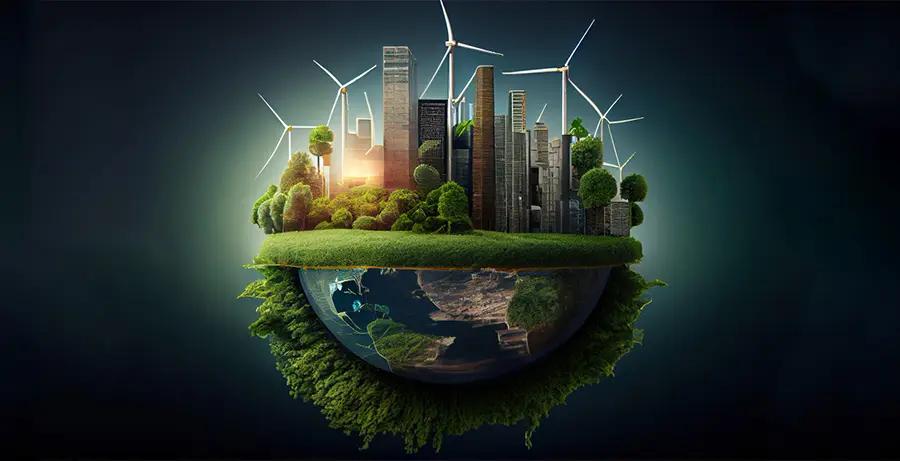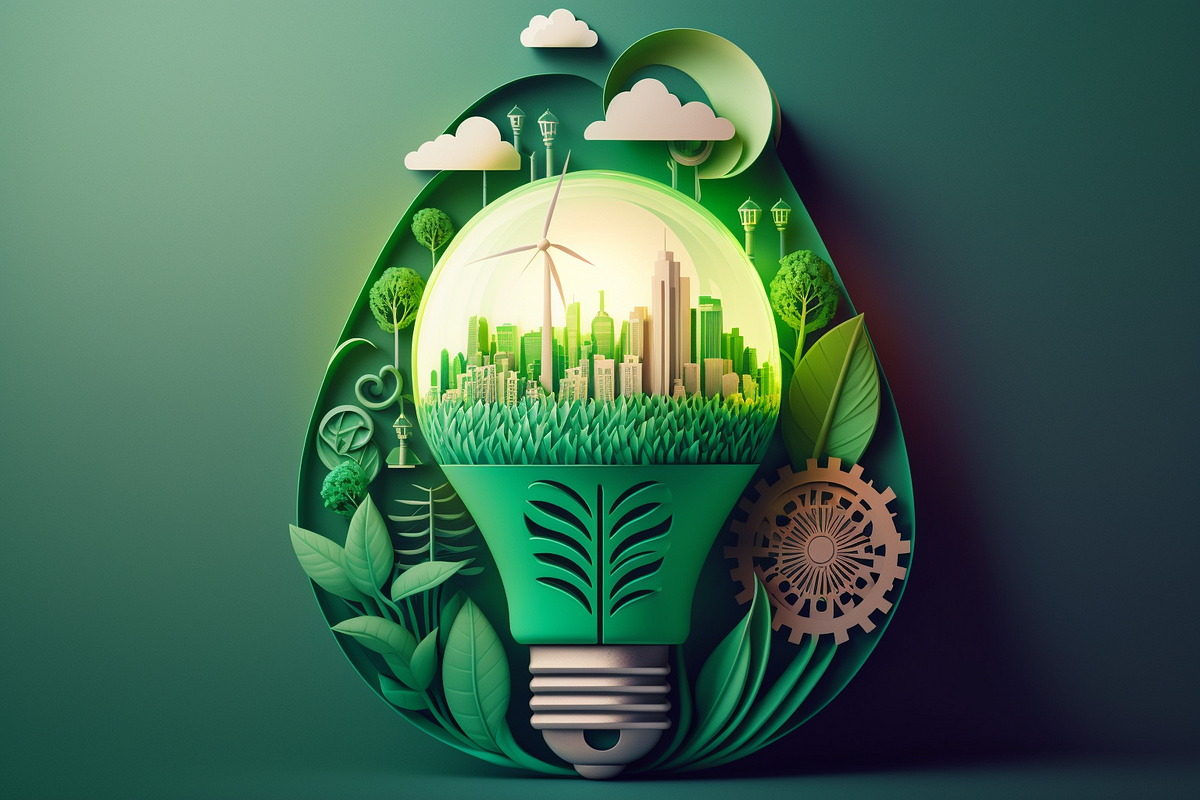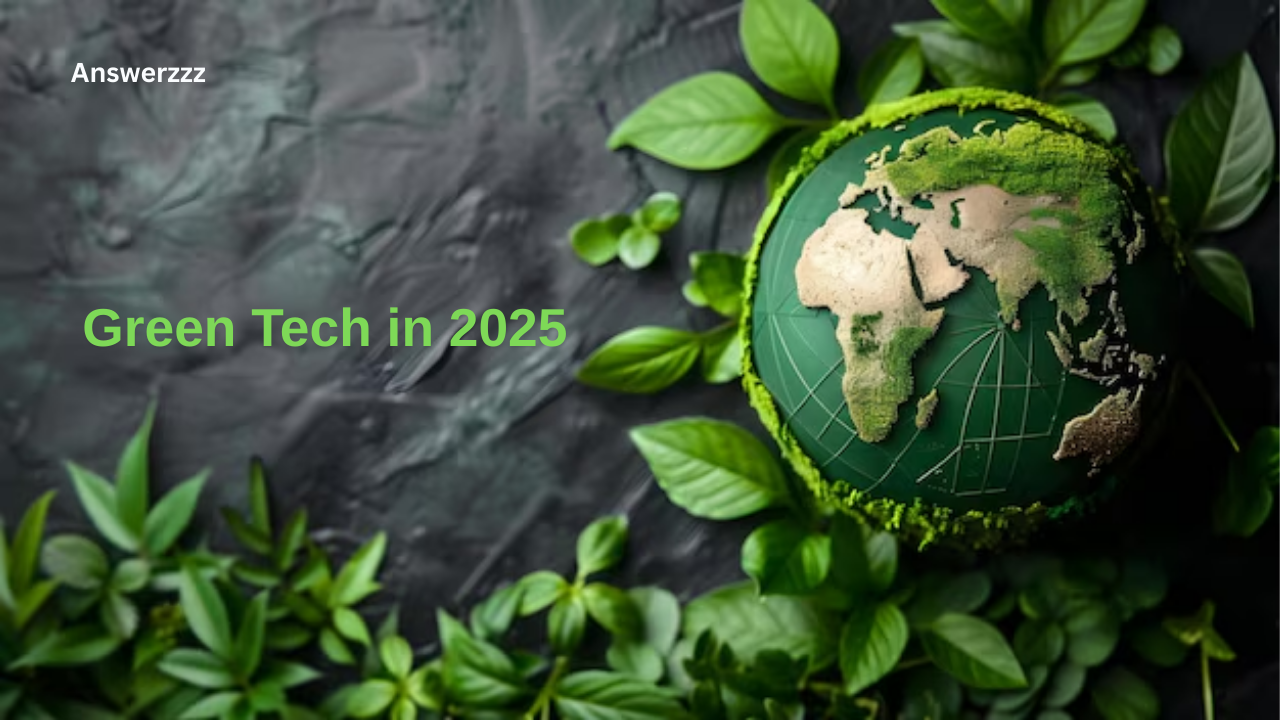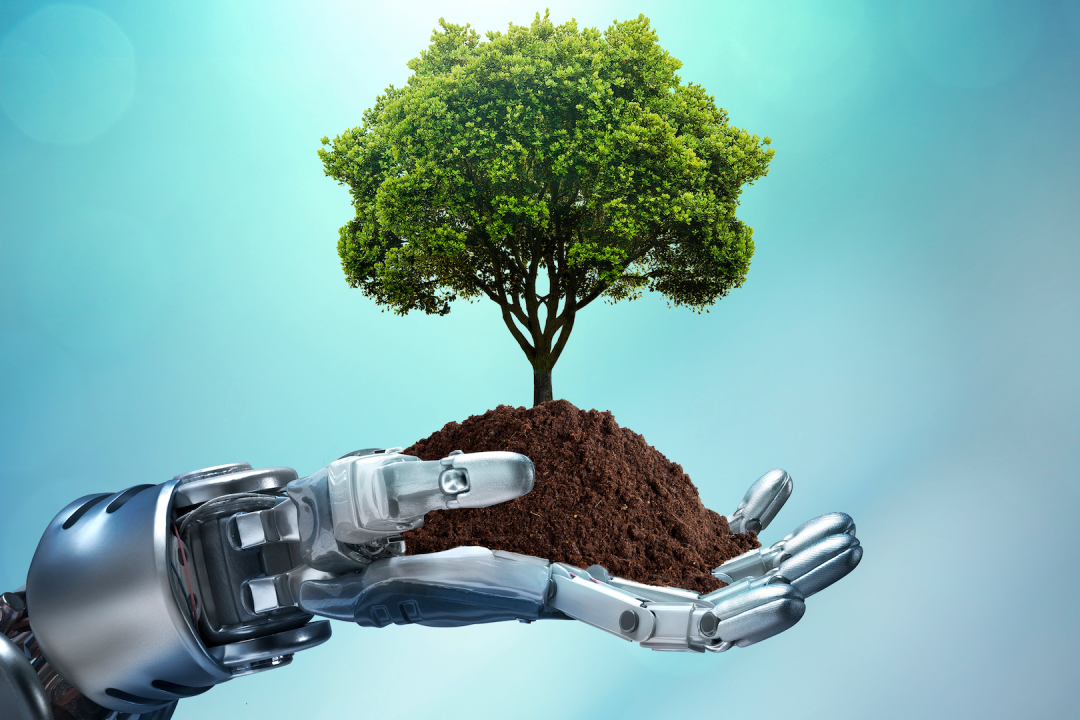The escalating concern over climate change, environmental degradation, and the depletion of natural resources has prompted governments, industries, and societies to rethink the way we produce, consume, and interact with the world around us. The concept of sustainability is at the core of this global transformation, with green technology (green tech) playing a crucial role in driving the change toward a more eco-friendly and sustainable future. As we enter 2025, the role of technology in achieving sustainability goals has never been more significant.
Introduction to Green Tech
Green tech refers to technology that is environmentally friendly and helps mitigate the negative impact of human activity on the planet. This encompasses a wide range of innovations, including renewable energy, energy efficiency solutions, waste management, sustainable agriculture, and smart technologies designed to minimize resource consumption. In 2025, green tech is expected to be at the forefront of efforts to combat climate change, reduce carbon emissions, and achieve the sustainability goals outlined in the Paris Agreement and the United Nations’ Sustainable Development Goals (SDGs).
The Global Push for Sustainability in 2025
As we look to the future, the push for sustainability has become a global priority. Governments, organizations, and individuals are increasingly recognizing the need to transition to greener and more sustainable practices to ensure the long-term health of the planet. This has led to the development of ambitious sustainability goals, such as:
- Reducing Greenhouse Gas Emissions: Many countries have committed to net-zero carbon emissions by 2050 or sooner, with milestones set for 2025 and 2030.
- Increasing the Use of Renewable Energy: Governments are promoting the adoption of renewable energy sources such as solar, wind, and hydropower to reduce reliance on fossil fuels.
- Sustainable Resource Management: This involves the efficient use of natural resources, reducing waste, and promoting recycling and circular economies.
- Preserving Biodiversity: Efforts are being made to protect natural ecosystems, prevent deforestation, and support biodiversity conservation.
- Improving Energy Efficiency: Businesses and households are adopting technologies that reduce energy consumption and minimize waste.
Green technology is at the heart of achieving these goals, as it provides the tools, processes, and systems needed to drive this transformation.
Renewable Energy: The Cornerstone of Green Tech
Smart Cities and the Internet of Everything: What to Expect in 2025
Solar Power: Scaling New Heights in 2025
One of the most significant contributions of green tech to sustainability is the rise of renewable energy sources. Solar power, in particular, has made substantial advancements. In 2025, solar energy is not only more affordable but also more efficient than ever before. Breakthroughs in photovoltaic (PV) technology have increased the efficiency of solar panels, allowing them to capture more sunlight and convert it into electricity.
The adoption of solar energy has expanded beyond residential rooftops to large-scale solar farms and even floating solar panels on bodies of water. In 2025, smart grids powered by artificial intelligence (AI) and machine learning are optimizing the distribution of solar energy, ensuring that electricity is distributed efficiently and stored for use during cloudy days or at night.
Wind Energy: Turbines with a New Spin
Wind power is another major player in the renewable energy sector. The development of more powerful and efficient wind turbines has allowed wind farms to generate higher amounts of electricity while minimizing the environmental impact. Offshore wind farms, in particular, are expanding rapidly, taking advantage of the strong and consistent winds at sea.
In 2025, technological advancements have also made wind turbines quieter and more resistant to extreme weather conditions, further enhancing their viability as a clean energy source. Integration with battery storage systems has enabled wind energy to become a more reliable source of power, complementing other renewable sources like solar.
Green Hydrogen: The Fuel of the Future
Green hydrogen, produced using renewable energy sources like solar and wind, is emerging as a potential game-changer in 2025. Hydrogen can be used as a clean fuel for transportation, industrial processes, and even electricity generation, making it a versatile solution for decarbonizing sectors that are traditionally hard to electrify, such as aviation, shipping, and heavy industry.
The expansion of hydrogen infrastructure, including refuelling stations and production facilities, is paving the way for a hydrogen-powered future. Green hydrogen has the potential to significantly reduce greenhouse gas emissions, helping to achieve global sustainability goals.
Energy Efficiency: Smart Technologies for a Greener Future

Smart Grids: Optimizing Energy Distribution
In 2025, smart grids have revolutionized the way energy is distributed and consumed. These intelligent energy networks use real-time data and AI algorithms to optimize energy distribution, reduce energy waste, and improve the reliability of power systems. By integrating renewable energy sources and energy storage solutions, smart grids ensure that energy is available when and where it is needed, even during periods of peak demand.
Smart meters and sensors allow consumers to monitor their energy usage and make more informed decisions about their consumption. This not only helps reduce energy bills but also contributes to overall energy efficiency, which is a critical component of sustainability.
Energy-Efficient Buildings: The Rise of Smart Homes and Offices
Green buildings and energy-efficient designs have become the norm in 2025. Advances in building materials, insulation, and lighting systems have led to the development of smart homes and offices that consume significantly less energy than traditional buildings. These structures are equipped with energy-efficient appliances, smart thermostats, and lighting systems that adjust based on occupancy and natural light levels.
Moreover, many buildings now incorporate renewable energy sources such as solar panels and geothermal heating systems, further reducing their carbon footprint. The concept of “net-zero” buildings—structures that produce as much energy as they consume—has become more widespread, contributing to sustainability goals.
Sustainable Transportation: Electric Vehicles and Beyond
The Future of Work: How Tech 2025 Will Redefine Jobs and Remote Collaboration
Electric Vehicles: Driving Toward a Greener Future
The transportation sector has been one of the largest contributors to greenhouse gas emissions. However, the rapid adoption of electric vehicles (EVs) in 2025 is helping to change that. EVs have become more affordable, with improved battery technology that allows for longer driving ranges and faster charging times.
Public charging infrastructure has also expanded, making it more convenient for consumers to charge their vehicles. Governments are offering incentives to encourage the transition to electric vehicles, while automakers are investing heavily in EV production. As a result, the share of EVs on the road has grown significantly, reducing emissions and dependence on fossil fuels.
Autonomous Vehicles: Reducing Traffic and Emissions
In addition to electric vehicles, autonomous or self-driving vehicles are becoming more common in 2025. These vehicles use AI and advanced sensors to navigate roads and optimize driving patterns, reducing traffic congestion and improving fuel efficiency. Autonomous vehicles have the potential to transform urban mobility, making it more efficient and sustainable.
Car-sharing and ride-hailing services are also embracing autonomous EVs, reducing the need for individual car ownership and lowering overall emissions.
Sustainable Aviation and Shipping: A New Frontier
While ground transportation has made significant strides in reducing emissions, aviation and shipping have been more challenging to decarbonize. In 2025, green tech is making inroads into these sectors as well. The development of electric and hybrid aircraft, as well as the use of sustainable aviation fuels (SAFs), is helping to reduce the carbon footprint of air travel.
Similarly, the shipping industry is exploring the use of green hydrogen and biofuels to power vessels, reducing emissions from one of the most polluting sectors. Autonomous ships equipped with AI-driven navigation systems are also improving fuel efficiency and reducing the environmental impact of shipping.
Sustainable Agriculture: Feeding the World with Less

Precision Agriculture: Farming with Data
Agriculture is another sector where green tech is making a significant impact. In 2025, precision agriculture is helping farmers produce more food with fewer resources. This technology uses data from satellites, drones, and sensors to monitor soil conditions, crop health, and weather patterns in real time. By providing farmers with detailed insights into their fields, precision agriculture enables them to optimize irrigation, fertilization, and pesticide use, reducing waste and minimizing environmental impact.
This approach not only increases crop yields but also conserves water and reduces the use of harmful chemicals, contributing to sustainable food production.
Vertical Farming: Growing More with Less Land
As urbanization continues to expand, vertical farming has emerged as a sustainable solution for feeding growing populations in 2025. These indoor farms use hydroponic or aeroponic systems to grow crops in stacked layers, maximizing the use of space and reducing the need for large amounts of land.
Vertical farms are highly energy-efficient, often powered by renewable energy sources, and use significantly less water than traditional agriculture. They also reduce the need for transportation, as they can be located closer to urban centres, minimizing the carbon footprint associated with food distribution.
Waste Management and the Circular Economy
Emerging Technologies to Watch in 2025: AI, Quantum Computing, and Beyond
Recycling and Upcycling: Turning Waste into Resources
Green tech is also transforming the way we manage waste in 2025. Advanced recycling technologies are enabling the recovery of valuable materials from waste streams, reducing the need for new resource extraction. This is particularly important for industries such as electronics, where rare metals and minerals are essential components.
Upcycling, the process of turning waste materials into new, higher-value products, is gaining popularity. This approach reduces waste and promotes a circular economy, where materials are continually reused, repurposed, and recycled rather than discarded.
Waste-to-Energy: Turning Trash into Power
Waste-to-energy technologies are also playing a role in achieving sustainability goals. In 2025, facilities that convert waste into electricity or heat are becoming more efficient and widespread. These technologies help reduce the amount of waste sent to landfills while generating renewable energy, contributing to both waste reduction and energy production.
The Path to a Sustainable Future
As we move into 2025, the role of technology in achieving sustainability goals is more critical than ever. Green tech innovations in renewable energy, energy efficiency, sustainable transportation, agriculture, and waste management are driving the global transition toward a greener and more sustainable future. While challenges remain, the continued development and adoption of these technologies offer hope that we can meet the ambitious sustainability goals set by governments and organizations around the world.

The success of green tech will depend not only on technological advancements but also on collaboration between governments, industries, and individuals. By embracing green technology and making sustainable choices, we can work together to create a healthier, more resilient planet for future generations.




